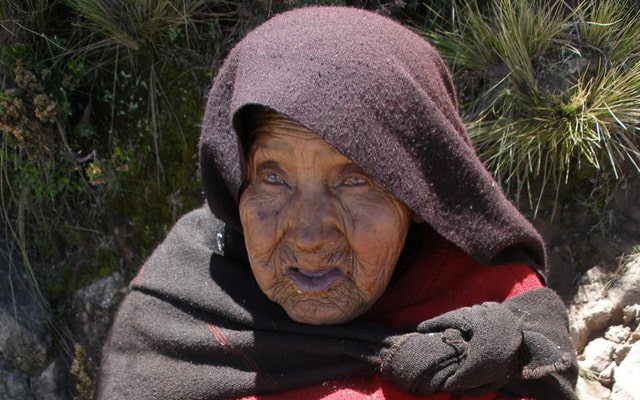How do we stop the poor and isolated going blind from cataract?
Ahead of the course Global Blindness: Planning and Managing Eye Care Services, lead educator Dr Daksha Patel of the London School of Hygiene & Tropical Medicine discusses the major yet solvable problem of cataract blindness in low and middle-income countries.
Ahead of the course Global Blindness: Planning and Managing Eye Care Services, lead educator Dr Daksha Patel of the London School of Hygiene & Tropical Medicine, discusses the major yet solvable problem of cataract blindness in low and middle-income countries.

Cataract is a clouding of the lens in the eye, mostly linked with ageing, which impedes the passage of light and reduces the clarity of vision. Treatment involves a relatively simple procedure (in trained hands) to replace the clouded lens with an artificial intraocular lens (IOL). It is one of the most cost-effective medical interventions.
The unacceptable tragedy is that most of the blindness seen in low and middle-income countries is due to cataract. The proportion of blindness from cataract in people aged over 50 ranges from as low as 5% in developed countries to more than 50% in poor and remote areas of the world.
Is the solution more cataract surgery?
In a way, yes, but many low and middle-income countries must first overcome competing challenges in their health systems.
Limited health budgets are spent on infectious conditions and non-communicable diseases, which have higher mortality and morbidity. And there is an acute shortage of human resources for eye health. Some low-income countries have less than one ophthalmologist per million population, compared to over 100 ophthalmologists per million in many high-income countries.
In circumstances like these, specialist clinical knowledge and surgical skills in eye care will never be enough. In addition, public health approaches, to promote and provide targeted eye health care, are central to eliminating cataract blindness.
Success depends on building partnerships
Waiting for the blind patient to “find their way” to eye care services is the least effective model of eye care service.
Instead, delivery of eye care must be built on partnerships:
- At the community level: to understand and address barriers to uptake of surgery
- Through referral networks: by developing capacity within a health system, to support patients and ensure they know when and where to go
- With surgical teams: perhaps the only stage at which an eye specialist with surgical training is required. The multifunctional team at the hospital level, will manage and coordinate availability of appropriate infrastructure and technology.
- Via training partnerships: for capacity building, to meet the eye health human resource shortage and strengthen long-yerm development in training for eye care.
- Partnerships between governments, non-governmental organisations, charities and religious institutions: these are instrumental in supporting and strengthening an eye health system.
As the world population continues to grow and age, we need to balance our traditional clinical and surgical approach to cataract treatment with radical new ideas at a global and local level.
Learn more about cataract blindness
In our free online course, Global Blindness: Planning and Managing Eye Care Services, we will explore strategies to improve uptake of services and maximise utilisation of available human resources.
The course promotes a shift in thinking – going beyond the needs of a single patient in front of a clinician, towards eye health service provision at a population level.
You will discover the models of care provided through interesting case studies from India, Madagascar, Nigeria, Tanzania and Pakistan. The key lessons learnt from these settings are applicable globally in low and middle-income health systems, as well as in hard-to-reach population groups.
Discover more, join Global Blindness: Planning and Managing Eye Care Services now.




